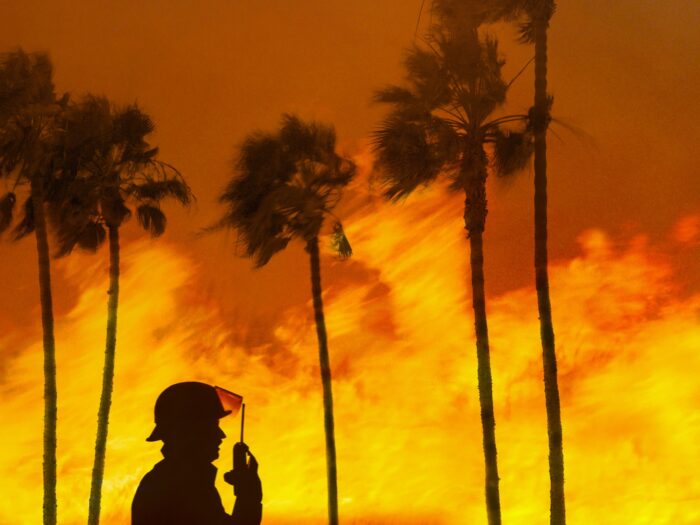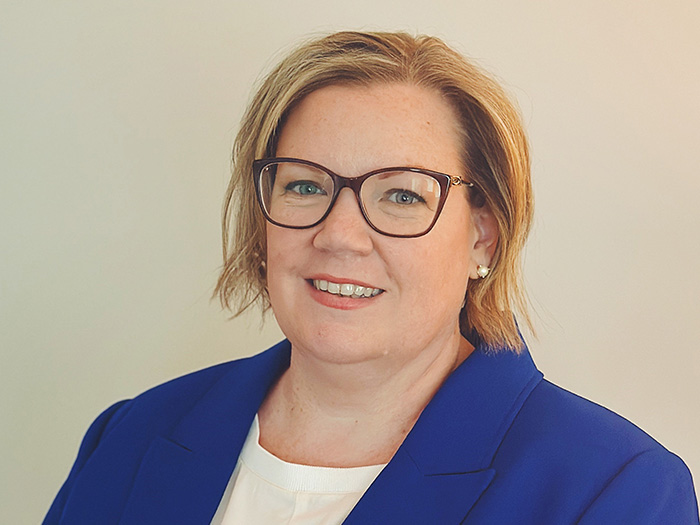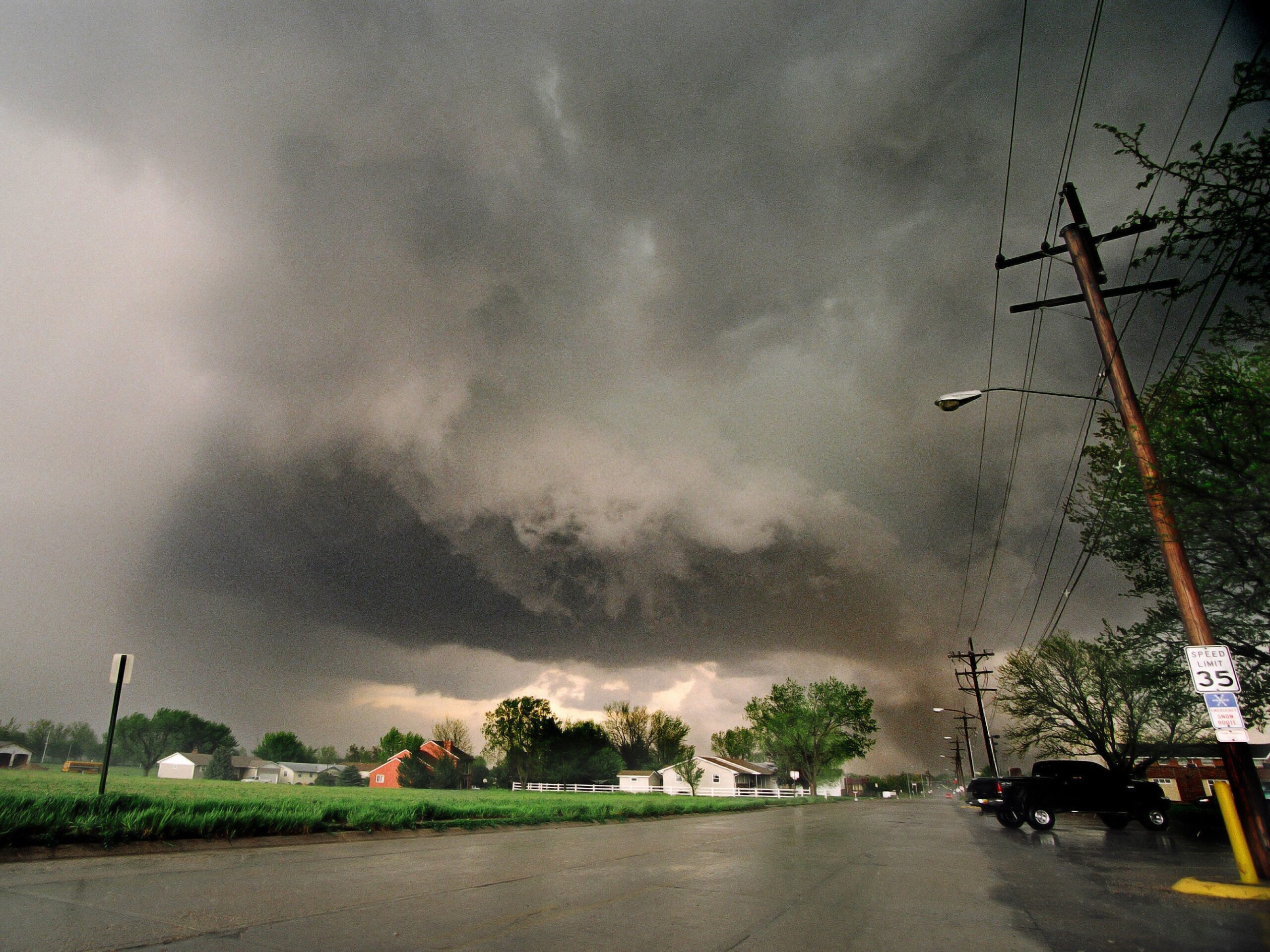Wildfires Break Seasonal Patterns as LA Fires to Cost Insurers a Record $40 Billion

Wildfires are now occurring throughout the year rather than just during traditional summer months, with January 2025’s Los Angeles fires expected to generate $40 billion in insurance claims—making it the costliest wildfire event for the insurance sector to date, according to a report from Gallagher.
The traditional understanding of wildfire seasonality has fundamentally changed, with destructive fires now occurring across all months of the year in the northern hemisphere. January’s California fires, fueled by Santa Ana winds and extremely dry conditions, claimed 30 lives and destroyed more than 16,000 structures across 56,834 acres, according to the report. Similarly, March fires in South Korea killed 32 people and burned 256,989 acres in just one week, with attribution studies showing these events were twice as likely due to climate change.
“Seeing such significant fires during winter is certainly abnormal,” said Steve Bowen, chief science officer at Gallagher Re. “We’re facing a new reality regarding the seasonality of wildfires.”
Since 2015, the U.S. has recorded more than $111 billion in direct economic damages from wildfires, with 15 of the 19 billion-dollar wildfire events occurring in the last decade, Gallagher said. The phenomenon of “weather whiplash”—wet periods promoting vegetation growth followed by extreme dry conditions—has become a key driver, with the La Niña weather pattern increasing the likelihood of extreme wildfire weather by approximately 75%.
Insurance Industry Grapples with Escalating Exposure
The insurance sector is reassessing its approach to wildfire risk as losses mount. The anticipated $40 billion in claims from the Los Angeles fires rivals damages from major hurricanes, with combined losses from Hurricanes Helene and Milton in 2024 reaching around $44 billion, the report noted. This has prompted carriers to implement more restrictive underwriting practices and seek detailed property risk information based on construction, occupancy, protection and exposure factors.
“For clients with assets in a wildfire zone, any data analytics we can include with our submissions to underwriters can make a big difference to renewals, because carriers are using more technology and data points to underwrite this risk,” said Martha Bane, managing director of U.S. Property at Gallagher.
Beyond direct property damage, secondary impacts are creating additional business disruption, according to the report. Power utilities regularly implement preemptive blackouts during heightened fire activity, causing costly operational interruptions regardless of actual physical losses. Air quality degradation, as seen when Canadian wildfire smoke affected cities from Toronto to Minneapolis in 2023, forces businesses to alter operations and poses serious health risks to workers.
Building Comprehensive Resilience Requires Integrated Approach
The expanding wildland-urban interface, which has grown by 40% in California, demands new strategies for community protection and risk mitigation, Gallagher said. Traditional “home hardening” measures include fire-resistant roofing materials, non-combustible siding, and creating defensible perimeters around properties.
However, the Insurance Institute for Business & Home Safety (IBHS) emphasizes that partial implementation of protective measures may not provide adequate protection.
“A building is only as strong as its weakest part,” said Faraz Hedayati, lead research engineer at IBHS. “With wildfires as chaotic as they are, leaving gaps by aiming for medium resilience means gambling with failure.”
The California Department of Insurance has proposed enabling wildfire catastrophe models for risk pricing, though modeling wildfires remains in its early stages due to limited historical data. Meanwhile, insurers are increasingly using third-party risk scoring tools to assess and price wildfire exposures, with scores directly influencing coverage availability and costs.
“That wildfire score can really dictate the amount of coverage insureds get and at what cost,” Bane notes. “But when clients do have a significant wildfire score, we can work with our loss control teams to establish a checklist for how they can harden their assets.”
The evolving threat requires collaboration across sectors, from improved building codes and land management practices to enhanced firefighting capabilities in regions previously considered low-risk, according to Gallagher. As many destroyed homes in Los Angeles predated current building codes, reconstruction efforts present opportunities to build more resilient communities for the future.
Read the full report here. &








